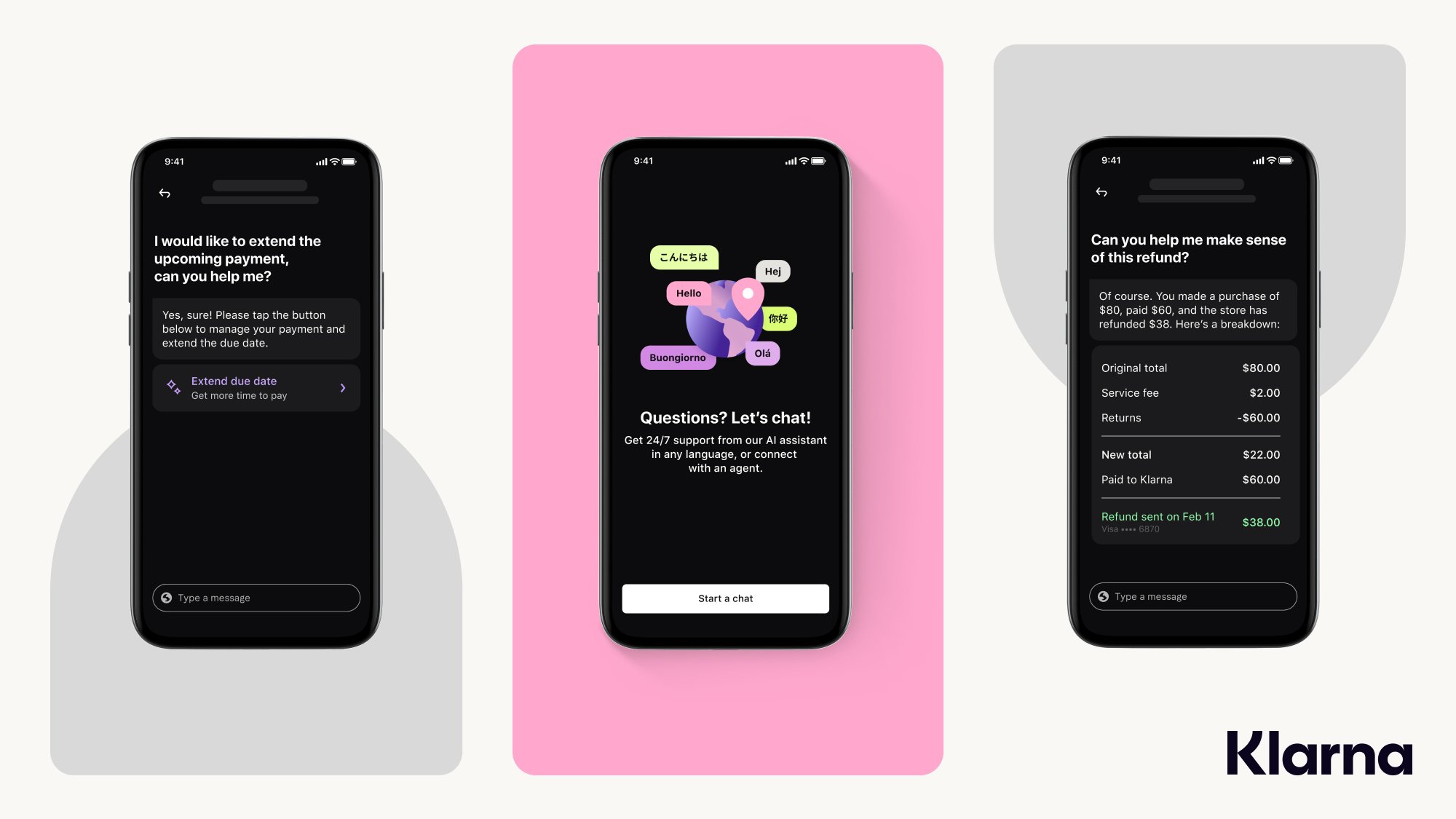First sparks - How are organizations actually experimenting with generative AI
How are companies actually putting generative AI to use successfully?
2024 is the year of experimentation with generative AI. Organizations are throwing several things at the wall to see what sticks.
In this issue, I wanted to highlight a few case examples that illustrate where success can be found.
We’ll look at cases in three categories:
1. Smarter design
2. Personal service
3. Predictive operations
Smarter design
How do you design a part for a spaceship that can endure all the requirements of the most unforgiving environment - outer space?
NASA designers are harnessing the power of generative AI to solve that challenge. The designers give AI-powered CAD tools specific requirements for the parts, and the AI can generate countless iterations for the design. NASA designers use generative AI as a specific tool within their process to augment their own thinking.
NASA is harnessing generative AI to design parts for its mission hardware. (Image: Pixabay)
Generative AI is useful for smarter design ideation because it can:
take into account thousands of pages of manuals, and it’s vast learning data
generate unlimited variations and iterations without tiring
create unforeseen ideas that combine patterns humans might miss
What is the key to using Gen AI in the design process?
Knowing when to use it—for research and early ideation where we can tap into its pattern-matching capabilities. It’s also important to know its limitations - lack of 100% accuracy and the ability to drive abstract multi-step processes.
2. Personal service
Klarna’s AI customer service chatbot is handling two-thirds of their interactions with customers with better results than human reps
In a previous issue, I discussed the promise of gen AI to augment human customer service reps.
Last week, financial services company Klarna released a jaw-dropping case study on using GPT-4 to replace human agents in customer service.
Some of the highlights include:
Their AI chatbot has had 2.6 million conversations - two-thirds of all of their customer service interactions
The chatbot has significantly out-performed human agents - average resolution time has dropped from 11 minutes to 2 while customer satisfaction has remained constant
The chatbot has driven over 40 million USD of revenue for Klarna
The AI can communicate in 35 languages and is available 24/7
It resolves issues better - leading to a 25% drop in repeat inquiries
3. Predictive operations
What happens when you combine real-time data about operations with the reasoning and conversational capabilities of gen AI?
This is a theme we’ve been exploring with several of my clients.
Digital twins create a holistic operational view of its physical counterpart - like heavy machines - through various data sources. (Image: Aidan Roof / Pexels)
Digital twins - a virtual representation of a physical product, process, or service - have been a buzzword for years. They produce a holistic view of its physical twin by combining several data sources - from sensors to external data feeds.
We see fascinating examples of adding gen AI layers to these digital twins.
Google recently released a demo that nicely weaves these themes together:
a manager oversees a train system with a holistic view of its operational data
they are alerted by an AI that there is something a miss with a part of a train
in a conversation, the AI can help diagnose the issue and pull relevant information from a thick manual (a RAG-model again)
the AI searches for vendors who can provide that part and reaches out to them - with the manager's permission
While this is still a demo, it showcases several realistic opportunities to combine digital twins with existing gen AI capabilities.
As machine and operational downtime can be so costly, many forward-thinking industrial and utility companies are pushing towards something similar in the future.
Experimental sandboxes
This year, we’re seeing convincing and interesting examples of generative AI. Realistically, there will also be misfires and scandals.
I think there are some crucial considerations for impactful experimentation:
executive buy-in and an explicit permission to experiment
baseline understanding of generative AI across a critical mass in the organization
finding key business and customer challenges to explore areas for pilots
combining foundational model learning data with relevant proprietary data (ie. operational data or organizational knowledge)
mitigating potential legal, ethical, and financial downsides thoughtfully
building on top of state-of-the-art models - mainly GPT-4 and Gemini
It’ll be interesting to see how the experiments this year pan out.




